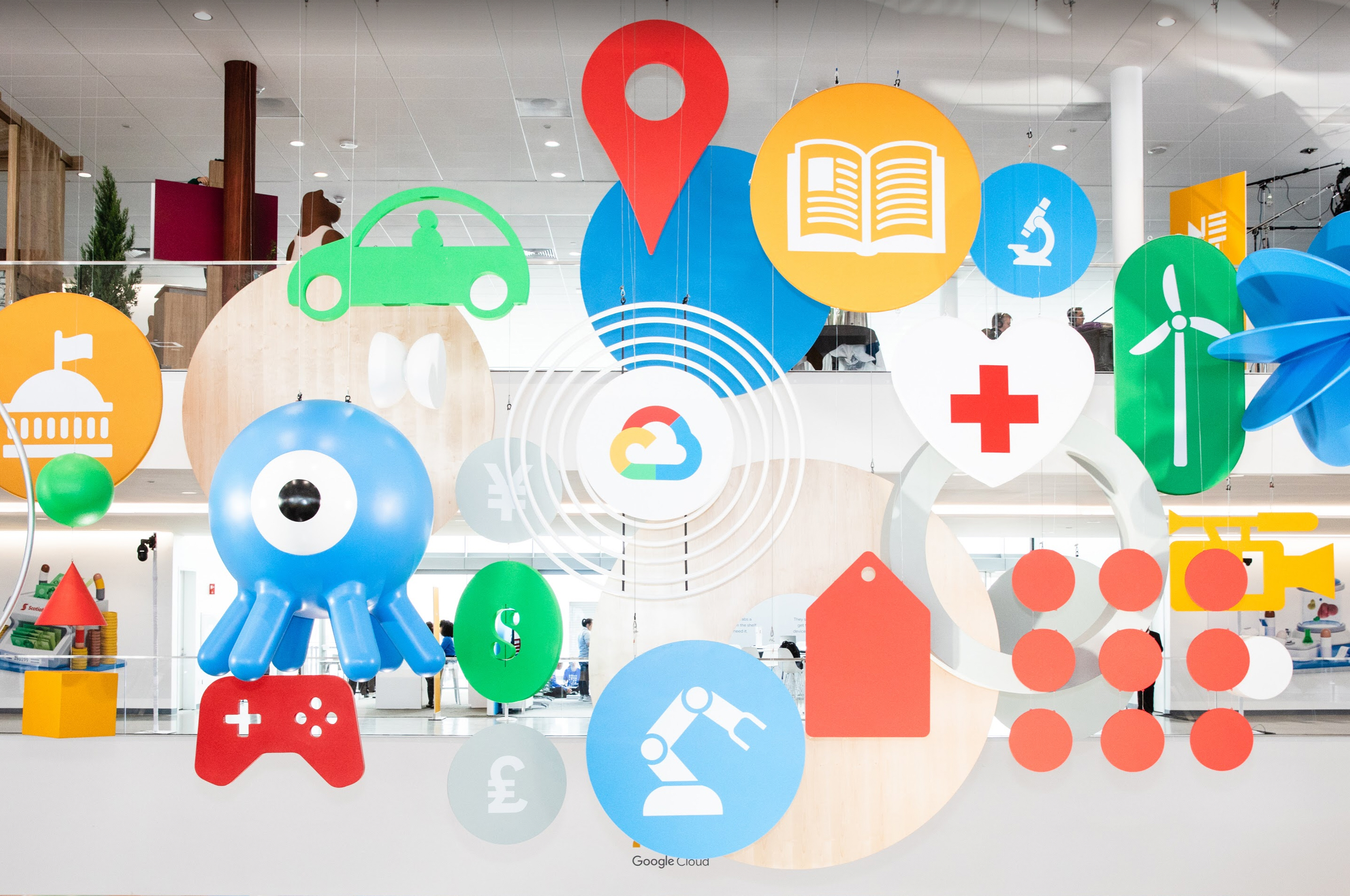3 document management takeaways from Google Cloud Next 2019

In early April, more than 30,000 attendees gathered in San Francisco at Google Cloud Next to hear a variety of new announcements and innovations as told through product reveals, break-out sessions and keynote speakers. Included in the long list of what’s to come were several key features that will substantially impact document management on G Suite.
I’ve narrowed down that information into the following three main takeaways regarding document management and business processes:
1) The Cloud is safer
A go-to argument against the adoption of the cloud from on-premise system users is the superior control and safety their system has to that of the cloud. However, due to the evolution of cloud-based security services and tools, in addition to the high-caliber of Google’s dedicated security team, this argument is losing validity.
At Next 2019, Google debuted more than 30 new services and products focused on providing a more secure platform and announced a $13 billion investment in data centers, happening this year. Each new tool offers organizations the ability to better protect and control sensitive data in a more transparent, scalable and smarter environment.
Google has also made identity protection easier with improvements to tools like the security key, which is one of the most secure ways to implement two-factor authentication. Now, you can leverage the benefits of a physical security key directly from your phone, eliminating the need for previously required USB devices.
2) Document Understanding AI is extremely cool
As the name suggests, Document Understanding AI locates and extracts meaningful, machine-readable, structured information from the content of a document.
What does that mean for companies and their business applications? It’s now possible to increase processing speeds, reduce human errors, improve compliance, automate invoicing and make better decisions to improve their bottom line. Google AI’s ability to turn unstructured documents into machine-actionable data can be used in combination with configurable business processes to further improve and streamline a business’s operations.
Let’s take a look at how this applies in a real-world scenario. Imagine you work with a large number of invoices. Document Understanding AI automatically extracts specific data from the invoices, such as amount due, supplier information and due date, eliminating the need for manual data entry. This saves employees time and companies money, eliminates the possibility for manual error and, ultimately, gets the invoices approved in a timely manner.
3) Drive life is easier with the new metadata feature
Of the numerous collaboration features introduced at Google Cloud Next, one that prominently stands out is the new metadata feature. In short, it will make finding existing documents in Drive easier than ever.
This new feature allows users to tag their documents with structured information like document type, custom dates, numbers, and more, which improves search capabilities when used with keywords. For example, users searching for “2018” could filter their search through metadata so they only view documents that have been tagged with the "tax return" document type.
Searching on metadata is even more useful when you don’t need to tag the documents yourself. That’s why it’s safe to say that providers of content services applications that are integrated with Google Drive will take advantage of Drive’s metadata feature as soon as the corresponding API is released. This will enable them to sync their own metadata with Google Drive and make this information searchable directly from the Google Drive user interface.
Google Cloud Next 2019 proved that new, complex innovations, like document control and machine learning, will continue to emerge at rapid-fire speeds, making on-premise ECMs harder and harder to maintain.
Those companies who rely solely on legacy systems are wasting their time attempting to recreate processes that have since been streamlined through the use of off-prem software. Instead, they should be taking a more efficient "Lego-like approach" to build their content services platform in order to modify and customize it as quickly as possible without interrupting a company’s entire infrastructure.
 Stéphane Donzé is the founder and CEO of AODocs, a software company he created from the idea that the enterprise’s need for compliance and efficient processes is not contradictory with good user experience. Prior to founding AODocs, he was VP of Engineering at Exalead, a leading enterprise search company. After Exalead was acquired by Dassault Systèmes in 2010, he relocated to California from Paris as VP of Product Strategy. Stéphane has a master’s degree in software engineering from Ecole Polytechnique in France (X96). With 18 years of experience in enterprise software, he is passionate about user experience across an organization.
Stéphane Donzé is the founder and CEO of AODocs, a software company he created from the idea that the enterprise’s need for compliance and efficient processes is not contradictory with good user experience. Prior to founding AODocs, he was VP of Engineering at Exalead, a leading enterprise search company. After Exalead was acquired by Dassault Systèmes in 2010, he relocated to California from Paris as VP of Product Strategy. Stéphane has a master’s degree in software engineering from Ecole Polytechnique in France (X96). With 18 years of experience in enterprise software, he is passionate about user experience across an organization.
